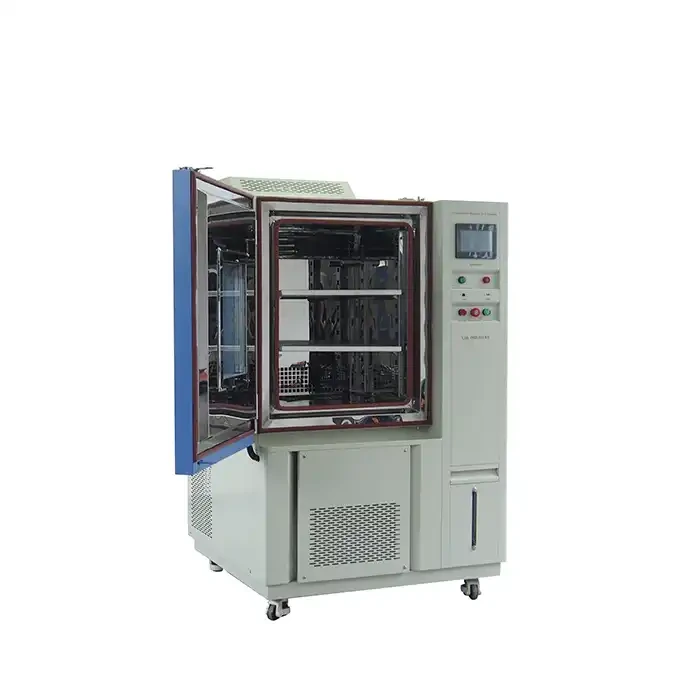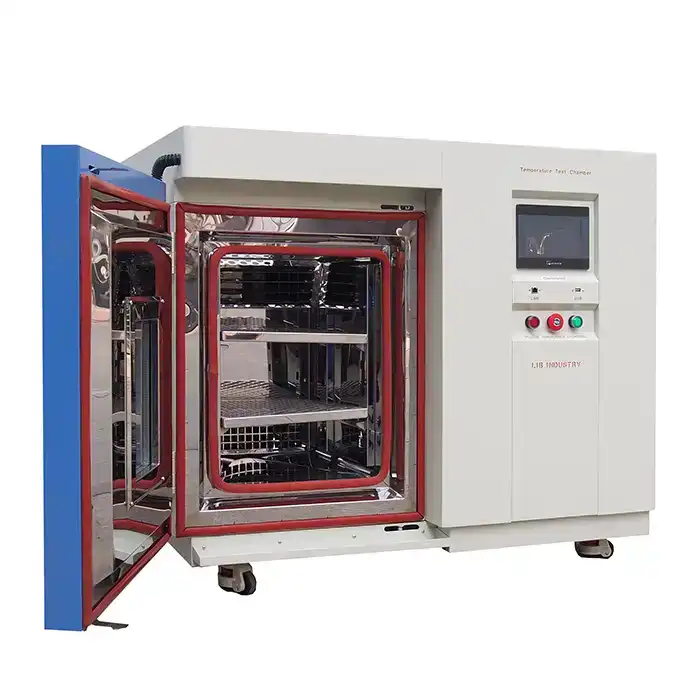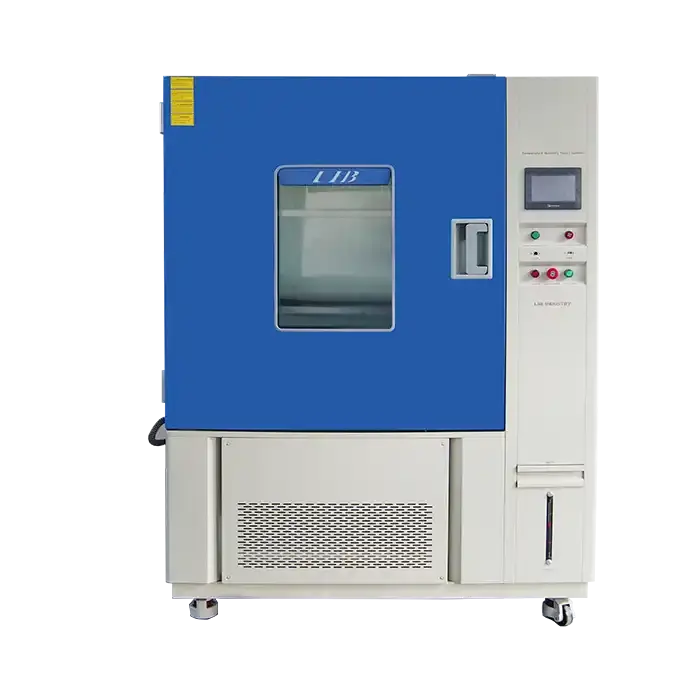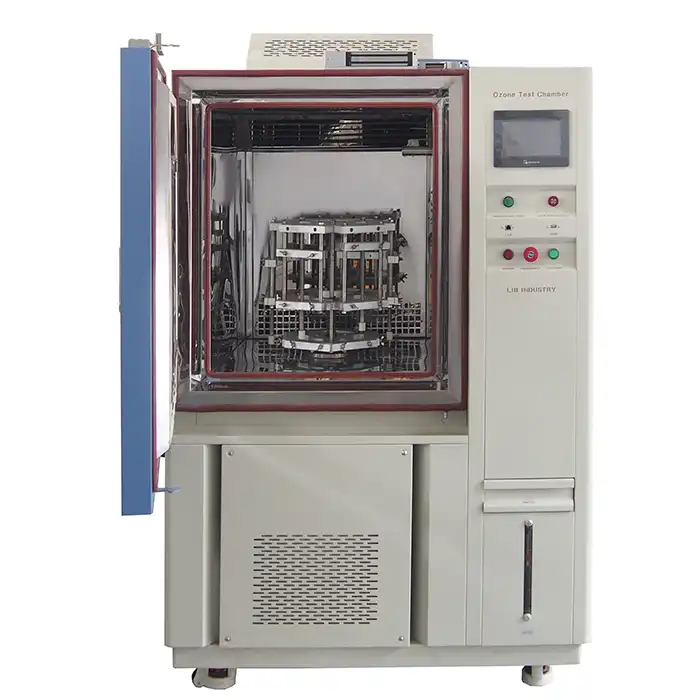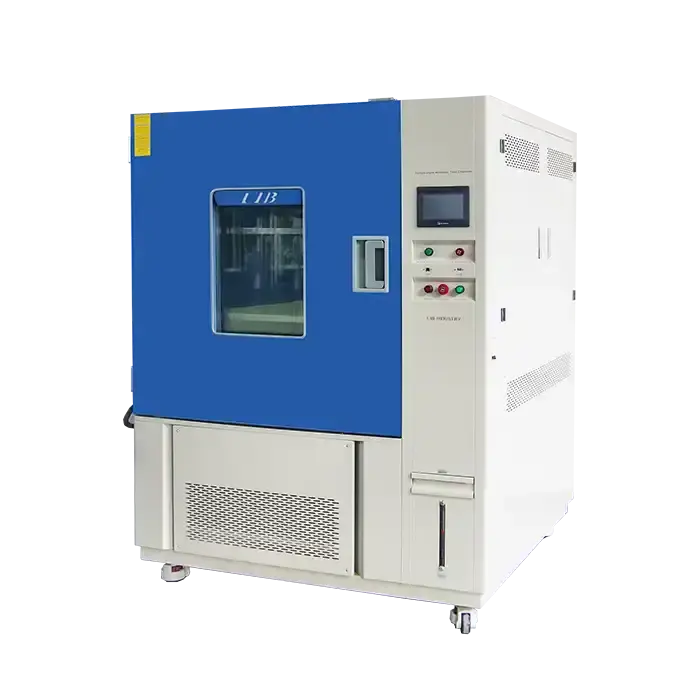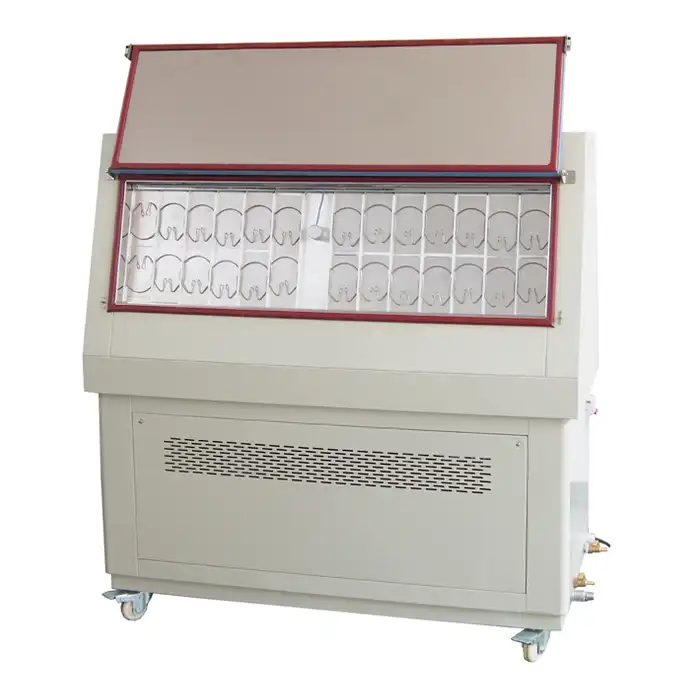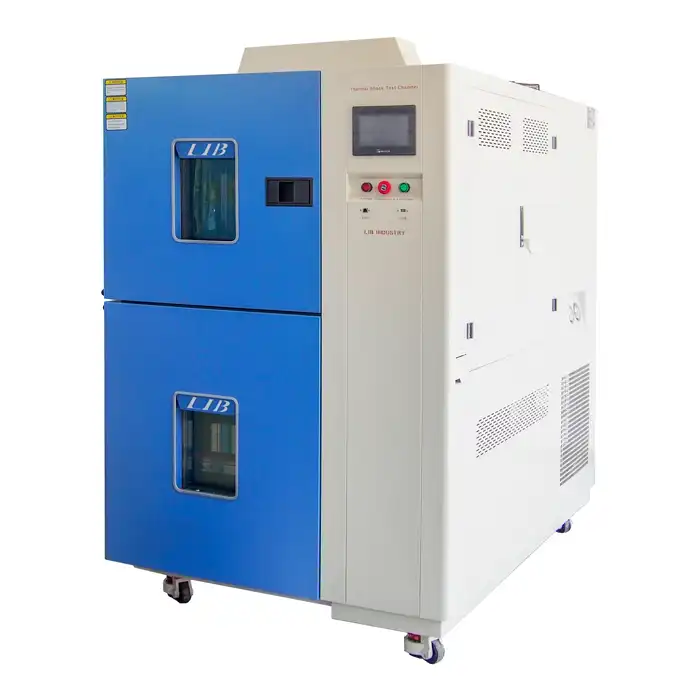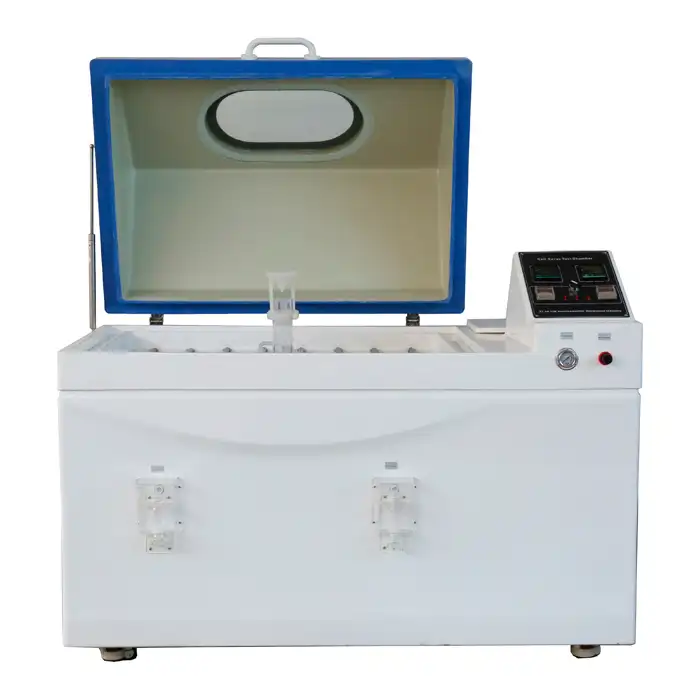Step-by-Step Guide to Operating a Salt Spray Corrosion Test Chamber
Salt spray corrosion testing is a critical method for evaluating the corrosion resistance of materials and coatings, especially in industries such as automotive, aerospace, and marine manufacturing. Proper operation of a salt spray corrosion test chamber ensures accurate and reliable results. This guide provides a step-by-step breakdown of the process, from preparation to post-test procedures.
Pre-Test Preparation: Chamber Calibration and Specimen Mounting Techniques
Before conducting a salt spray test, it is essential to calibrate the chamber and properly mount the test specimens. Calibration ensures that the chamber operates within the required parameters, preventing deviations that could compromise test results.
Key calibration steps include:
- Verifying the temperature control system to maintain consistency. 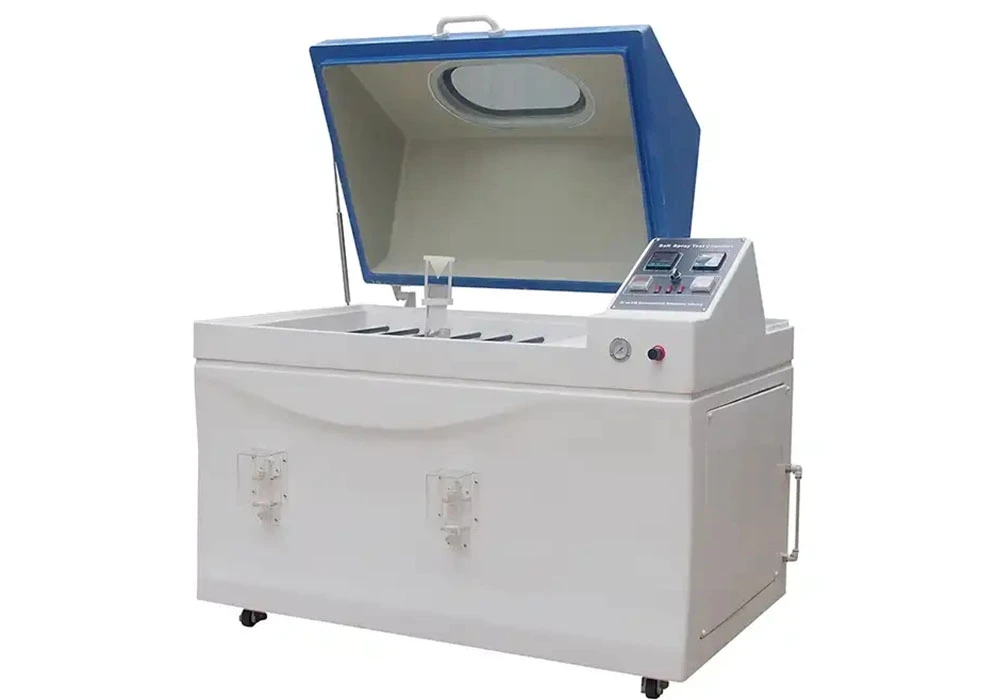
- Checking spray nozzle performance to ensure uniform distribution of the salt solution.
- Inspecting pH levels of the salt solution to match ASTM B117 or other relevant standards.
For specimen mounting, consider:

- Positioning samples at a 20° ± 5° angle to allow uniform exposure.
- Ensuring that specimens do not touch each other, preventing interference in corrosion patterns.
- Using non-reactive fixtures to avoid contaminating test results.
Solution Preparation and Quality Control: Achieving the Optimal Salt Concentration
The salt solution used in a salt spray corrosion test chamber must meet specific standards to produce consistent results. A commonly used test solution consists of 5% sodium chloride (NaCl) dissolved in deionized water, maintaining a pH level between 6.5 and 7.2.
Steps for Preparing the Salt Solution: 
1. Weigh and dissolve the salt: Use high-purity NaCl and dissolve 50g per liter of deionized water.
2. Filter the solution: Remove any impurities that could clog the spray nozzle.
3. pH Adjustment: If needed, add acetic acid or sodium hydroxide to maintain the correct pH range.
Quality Control Measures:
- Conductivity testing: Ensures the solution matches the required electrical properties.
- Density measurement: Confirms the correct salt concentration using a hydrometer.
- Regular solution replacement: Prevents contamination and maintains test integrity.
Setting Critical Parameters: Temperature, Humidity, and Spray Pressure Configuration
Precise control of environmental conditions inside the salt spray corrosion test chamber is necessary to simulate real-world exposure accurately. The following parameters must be set according to industry standards:
Temperature Control:
- The standard operating temperature for salt spray testing is 35 °C.
- Deviations can impact corrosion rates, leading to inaccurate conclusions.
Humidity Regulation:
- The relative humidity inside the chamber should be between 95% and 100%.
- Maintaining high humidity ensures that the salt solution remains in an active state.
Spray Pressure and Distribution:
- The compressed air pressure should be set between 0.7 and 1.4 bar (10-20 psi).
- Fine mist distribution is checked by collecting 1.0 to 2.0 mL of fallout per hour per 80 cm² of surface area.
Test Execution Protocol: Monitoring Requirements and Interim Evaluations
Once the test begins, continuous monitoring is necessary to maintain test integrity. This ensures that environmental conditions within the salt spray corrosion test chamber remain stable and that any deviations are corrected promptly.
Monitoring Key Test Parameters:
- Temperature and humidity readings should be recorded at regular intervals.
- Solution flow rate must be checked to prevent excess or insufficient salt spray.
- Spray nozzle performance should be inspected to confirm uniform dispersion.
Interim Evaluations:
For long-duration tests, interim inspections help track corrosion progression:
- Visual checks: Look for rust spots, blistering, or coating degradation.
- Mass loss measurements: Weigh specimens before and after testing to quantify material degradation.
- Photographic documentation: Captures progressive corrosion changes for later analysis.
Post-Test Procedures: Specimen Retrieval, Cleaning, and Documentation Methods
After completing the test cycle, specimens must be handled carefully to preserve corrosion evidence.
Specimen Retrieval:
- Remove samples using gloves to prevent contamination.
- Handle specimens gently to avoid disturbing corrosion deposits.
Cleaning Techniques:
- Rinse with deionized water to remove excess salt deposits without affecting corrosion products.
- Use compressed air drying instead of wiping to maintain surface integrity.
Documentation and Reporting:
- Record corrosion characteristics such as rust percentage, blistering, and coating failure.
- Compare results to industry standards (e.g., ASTM B117, ISO 9227) to assess compliance.
- Generate a comprehensive report with images, mass loss data, and observations for client or internal use.
For high-performance salt spray corrosion test chambers, LIB Industry offers turn-key solutions, including design, production, installation, and training. Contact us today at ellen@lib-industry.com to find the right testing equipment for your needs.
References
1. ASTM B117 - Standard Practice for Operating Salt Spray (Fog) Apparatus.
2. ISO 9227 - Corrosion Tests in Artificial Atmospheres - Salt Spray Tests.
3. G. S. Frankel, "Corrosion Science and Technology," CRC Press, 2019.
4. D. A. Jones, "Principles and Prevention of Corrosion," Pearson Education, 2013.



